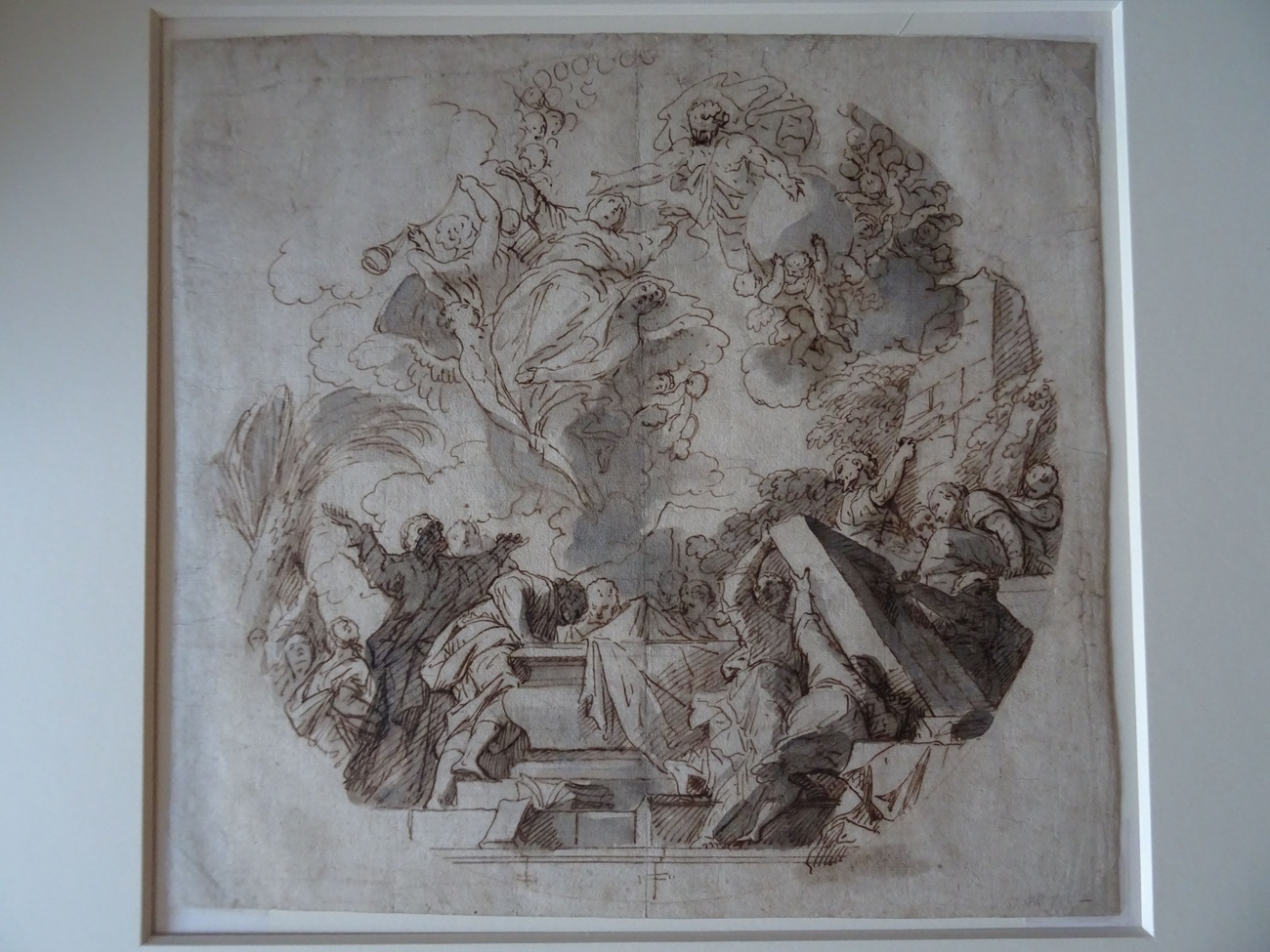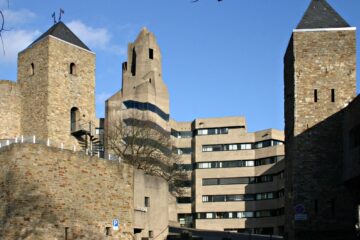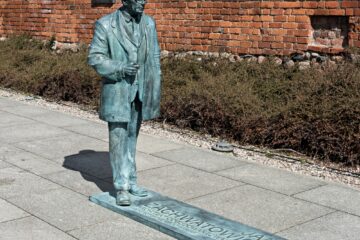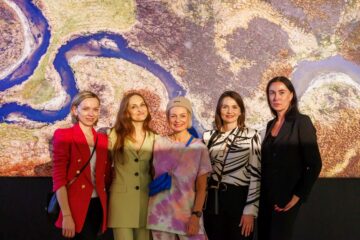The 1704 drawing of the ‘Assumption of the Blessed Virgin Mary’ by Melchior Steidl has a turbulent history. It was stolen in 2005 and the FBI was involved in its recovery. The work was returned to Poland and entered in the register of movable monuments of the Mazovian Voivodeship.
The entry was announced by Professor Jakub Lewicki, Mazovian Voivodeship Conservator of Monuments. The drawing was stolen in 2005 from a private collection. Information about the theft was entered into a special register of stolen antiquities, which allowed the drawing to be found in the United States.
The national law enforcement authorities involved in the case determined that shortly after the theft, it was probably exported to Germany. It then found its way onto the international art market and was purchased into the collection of the National Gallery of Art in Washington DC in 2010. The object was recovered thanks to direct cooperation between the Ministry of Culture and the Federal Bureau of Investigation. The ceremonial presentation of the work (as one of a number of works recovered in the restitution process by the Polish side) took place on 1 October 2023 at the Consulate General of the Republic of Poland in New York. on 6 November, it was handed over to its rightful owner, reports the Mazovian Provincial Conservator of Monuments.
The work is small, its dimensions being 31.5 x 33 cm. Melchior Steidl made the drawing in ink and sepia. It is likely that the drawing originated as a sketch, a design for a fresco. An almost identical fresco was in the chancel of the cathedral in Regensburg, Bavaria, destroyed in 1944, where Steidl worked in 1704. However, the artist did not fully reproduce the designed composition. He used its characteristic elements, such as the shape of the open tumulus with the matter covering it in part, the figure with outstretched arms in a characteristically dark robe, the representation of Mary and the angels lifting her, and the palm trees on the left.
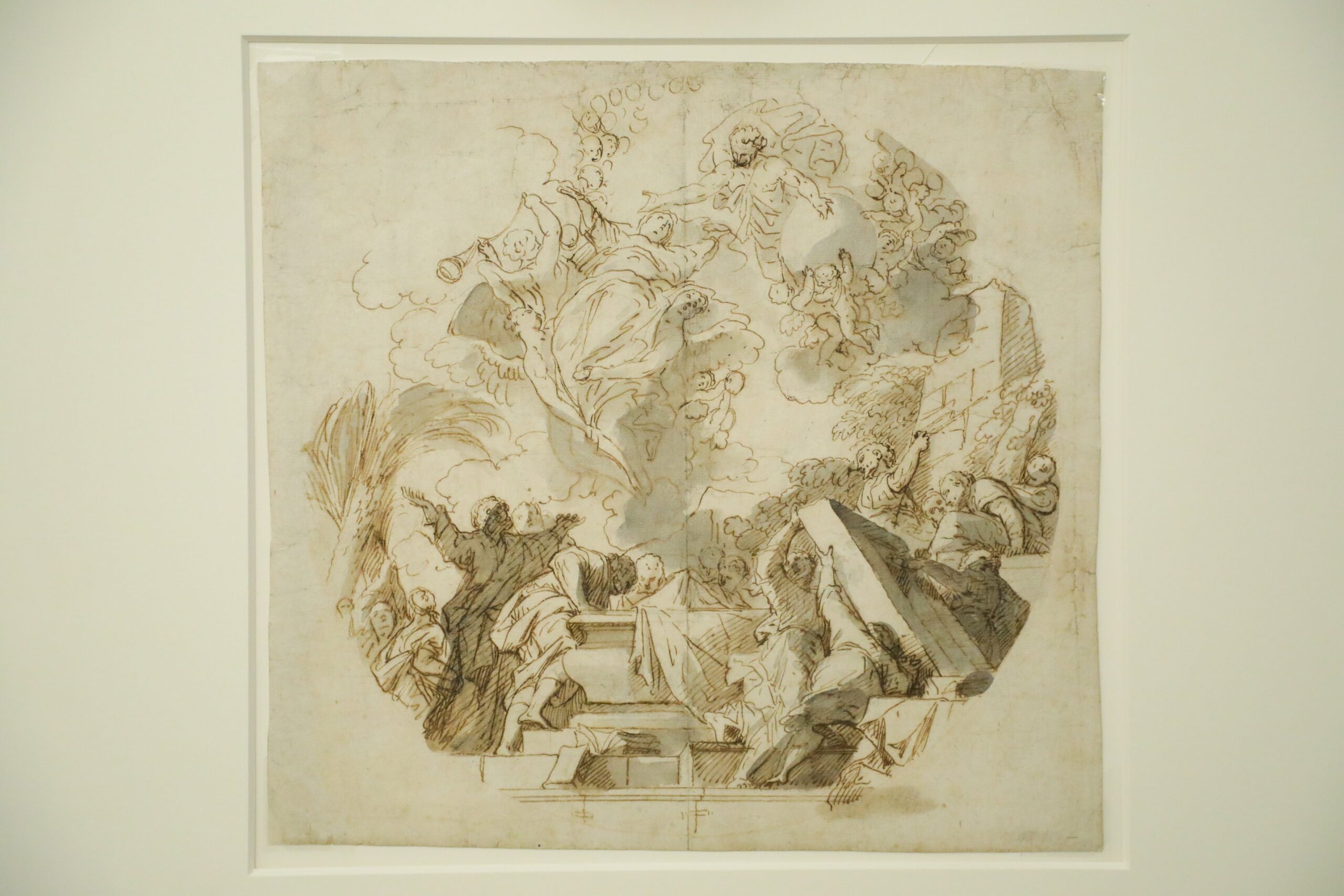
Melchior Steidl was born in 1657 and died in 1727. He was an Austrian Baroque painter. His frescoes were mainly created in religious buildings in Lower and Upper Austria. The drawing ‘Assumption of the Blessed Virgin Mary’ is valuable for its artistic, historical and scientific values. It is a testimony to sacred Baroque art. It is characterised by dynamism and movement, which it achieved through the use of, among other things, a serpentine arrangement of elements and expression in the posing of the figures.
source: Mazovian Provincial Conservator of Monuments
Also read: Art | Culture | Events | Interesting facts | whiteMAD on Instagram
